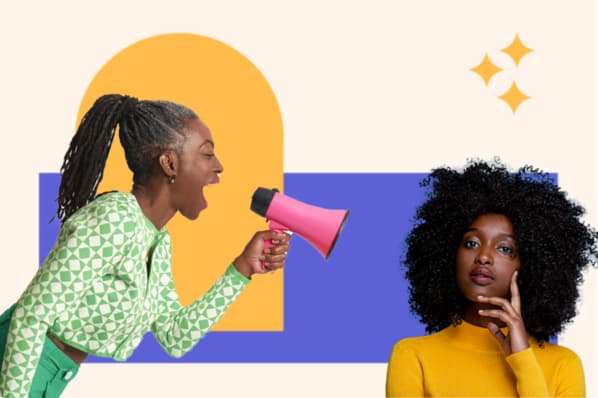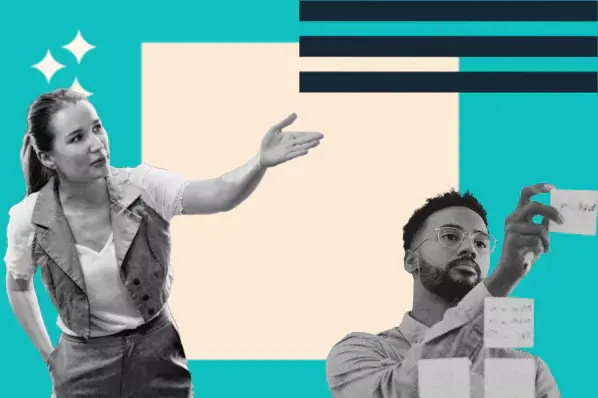That hesitation is worth paying attention to. Good upselling has less to do with the product and more to do with whether the customer actually needs it, whether they trust you, and whether now's the right time.
HubSpot surveyed over 1,000 sales professionals for the 2025 State of Sales report. The reps who consistently close upsells aren‘t running the slickest pitches or offering the best discounts. They understand what their customers are trying to accomplish. They’ve built trust. They deliver value. And they wait for the right moment: right after they've proven they can help.
Let‘s break down what’s actually working.
Table of ContentsWhat is upselling?
Upselling is when you suggest an upgrade or add-on that makes their original purchase more valuable. Done right, it feels like the natural next step — not like you're trying to squeeze more money out of them.

10 Data‑Backed Upselling Strategies for 2025
1. Start by understanding what success looks like to your customers.
The most effective upselling strategy isn‘t some clever sales trick — it’s understanding what your customer is trying to achieve. Forty-two percent of sales professionals say understanding customer needs and goals is their top approach.
Kathleen Rush, manager of the strategic partner development team at HubSpot, says it starts with genuine curiosity.
“When it comes to upselling effectively, it is important to keep a natural intellectual curiosity,” Rush explains. “Keep asking open-ended questions about their process and a day in their life.”
She continues: “For example, I might ask a prospect, 'Are you responsible for finding good-fit leads? What happens when you find one? Where does that lead go? Who takes that lead? Can you see if they follow up? Do you wish you could?'”
Instead of jumping into features and benefits, take the time to understand what “winning” looks like for this specific customer. What metrics matter to them? What's keeping them up at night? What would make them consider this project a huge success?
Document their goals in their own words — not your interpretation. Get specific about what success looks like and who decides whether you've achieved it. Understand any constraints, including budget caps, timeline pressures, and compliance requirements.
Pro tip: Send them a short recap email after discovery that covers their main goals, KPIs, key stakeholders involved, and the timeline. Ask if anything‘s off. When they reply with corrections or confirmation, that’s buy-in.
Once you're clear on what they actually want, recommending the right next step gets a lot easier.
2. Build trust before you build anything else.
Forty percent of reps who successfully upsell say trust and rapport make the difference. Lead quality has improved for 68% of sales teams over the past year. There's more room to focus on building genuine relationships instead of just chasing volume.

You don‘t need to be best friends with your customers. You need to prove you know what you’re talking about and that you're genuinely trying to help them succeed.
Be curious about their business. Ask follow-up questions that show you‘re paying attention. When someone says they want to "increase leads," don’t just nod and move on. Ask what kinds of leads, from where, and what happens to them once they come in.
Pro tip: Learn their world before you pitch. Skim their latest press release or annual report, scan customer reviews on G2 or Capterra, and ask about the parts of their week your product doesn’t touch. That context earns trust fast.
3. Prove you can deliver with quick wins.
Too many reps make big promises but don't deliver anything tangible until months later. Meanwhile, 39% of successful upsellers say providing consistent value to customers is one of their top strategies.
Start delivering value immediately. Not by giving everything away for free, but by showing the customer that when you say you can help, you actually can.
This could be a 15-minute audit that spots a fixable problem. A process tweak that saves the customer time right away. An analysis that gives them a fresh perspective.
You might review their social media strategy and identify one quick optimization. Or audit their email workflows and suggest an automation that saves two hours per week.
Pro tip: Pair each quick win with a one-slide impact recap: baseline → change → what that enables next. Send it the same day the result lands. Once they see you can deliver on the small things, they'll trust you with bigger ones.
4. Time your upsell conversation perfectly.
Timing can make or break your upsell. The best moment to bring up additional services is right after you‘ve delivered on a goal. That’s when 37% of sales reps say upsells work best.
When you've just proven you can help someone, trust is at its peak. The value you provide is obvious. Your customer believes you can deliver on bigger promises because you’ve already done so.
Sixty-one percent of sales teams say selling has gotten easier over the past year, and momentum is a big reason why. Prove results, and everything else gets easier.

Don‘t try to upsell someone who’s still waiting to see results from what they already bought. Wait until they‘re celebrating a win you helped create. Then ask: "What’s next?"
Walk them through what you've achieved together. Show them what those results now make possible. Then lay out the lowest-risk way to get there.
What works: Build a “Decision After Delivery” checkpoint into every milestone. Something like, “If we can keep cost per lead under $50 for two weeks, let's look at upgrading to advanced attribution tracking.” When results hit, you're already set up to move forward.
5. Let AI do the heavy lifting on research and personalization.
AI isn‘t experimental anymore — it’s just a standard part of how sales teams operate now. According to the report, 84% of sales reps say AI optimizes their sales process, 83% use it to personalize their interactions with prospects, and 79% rely on AI to pull insights from their conversations.

What are teams actually doing with it?
- Analyzing call transcripts to find expansion opportunities.
- Researching prospects to surface relevant case studies.
- Drafting personalized follow-ups (that they customize before sending).
- Identifying which customers would actually benefit from specific upgrades.

6. Be selective about who you upsell to.
Lead quality has improved for 68% of companies over the past year. Use that to your advantage. Focus on customers who are already winning. Don't try to upsell everyone.
The best candidates are customers who are actively using what they bought and achieving their goals. They have budget and decision-making authority. And they've mentioned wanting to tackle bigger challenges.
Before recommending any upgrade, ask yourself:
- Are they getting real value from what they have now?
- Does this upgrade help them reach their goals more quickly or effectively?
- Can I explain exactly what problem this solves for them?
- Is the cost worth what they'll get out of it?
- Is the person who signs off on budget engaged in this conversation?
If you‘re hesitating on any of these, skip it. Don’t chase customers who haven't seen results yet or are still figuring out what they already have.
Pro tip: If you can't say who benefits and by when, save the upsell for after the next milestone.
7. Be completely transparent about pricing and ROI.
Thirty-five percent of buyers say they don‘t close because they don’t see value for the money. So make the math obvious. Don't hide costs or oversell what they can expect.
Sales teams are picking up on this. Forty percent are adding self-serve tools, such as pricing pages and customer stories, that let buyers see value before they even talk to someone. Thirty-five percent are moving toward solution-based selling, rather than just running promotions.
Customers need to see where their money goes and what to expect in return.
Break down the total cost: setup fees, training time, and ongoing expenses. Give them a realistic timeline for results. Show the best-case scenario, but also walk through what's likely and what could go wrong.
Include in every proposal:
- Total cost breakdown (setup, training, ongoing fees).
- Best-case, likely-case, and worst-case ROI scenarios.
- Break-even timeline and what could accelerate it.
Try this: Add a simple fit-check table and a defensible ROI calculation your buyer can paste into an internal email. Make saying “yes” easy to explain to their team.
8. Lead with the plan, not the product.
Most reps lead with the upgrade. That‘s backwards. Instead of "You should upgrade to our premium package," try "Here’s what I think we should tackle next and why."
The “why” part matters. Seventy-two percent of deals fail because buyers don‘t see the value. Sure, sometimes they’re just not interested. But often it means you haven‘t shown them why it’s worth it.

Look at what sales leaders are prioritizing this year: data effectiveness, sales and marketing alignment, and customer advocacy. Not pushing more products.
Start with the problem you‘ve identified. Explain your recommended approach. Show proof that the approach works. Lay out expected results. Then reveal what tools and investments you’ll need.
Train your reps to move from pitching to consulting. They should educate rather than promote, demonstrate ROI through tangible use cases, and use success stories from similar customers.
Here's how it works in practice: “Your lead-to-customer conversion rate is sitting at 2%. Most companies we work with in your space are closer to 4-5%. Usually, that gap comes from leads going cold between showing interest and making a decision. We've helped three companies like yours bump conversions by 40-60% with a targeted email sequence. You'd need the automation platform — call it $X — plus maybe 10 hours to get it set up.”
Notice how the upgrade comes at the end, not the beginning. You're solving a problem, not selling a feature.
9. Use social proof strategically.
Most of us check what others say before making a big purchase decision. In our data, user reviews (40%) and customer stories (37%) are two of the best self-serve proofs.

Before you pitch an upsell, line up that proof. Keep a few bite-size success blurbs handy and a link to your review page, so you can show – not tell – why the upgrade makes sense.
What works best:
- Customer success stories matched to the prospect's industry and goals.
- Before-and-after metrics that show concrete results.
- User reviews that address common concerns or objections.
Keep each piece of social proof short and relevant. A three-sentence success story with one key metric beats a lengthy case study.
Example: “TechCorp, another SaaS company of your size, added our advanced analytics package six months ago. Their customer churn rate dropped from 8% to 5% within 90 days, resulting in a savings of roughly $200,000 annually. The CEO told us it was the best investment they'd made all year.”
Pro tip: Create 2-3 proof tiles (featuring the company logo, a key metric, and a short quote) that align with the customer's industry and goals. Keep each tile under 25 words.
10. Align your sales and marketing teams.
Poor communication between teams is the biggest challenge for 40% of sales orgs. Another 38% say the problem is that sales and marketing are using different tools.
Here‘s what happens when they’re not aligned: Marketing creates content, but sales has no idea it exists. A customer hits a milestone that makes them ready for an upsell, but marketing doesn‘t know to reach out. Sales needs a case study right now, and they’re digging through folders trying to find one. Sound familiar?

Ninety-one percent of organizations say they have at least some alignment between these teams. Some isn't good enough.
Both teams should be working from the same definitions of what makes a customer upsell-ready. Marketing should be creating case studies and ROI calculators that sales can actually find and use. And when customers give feedback or hit wins, both teams need to know about it.

The Bottom Line
Here‘s what the 2025 data shows: The reps who successfully upsell aren’t the most persuasive. They're the ones who understand what their customers need (42%), build genuine trust (40%), and consistently deliver value (39%).
Seventy-two percent of deals fall apart because buyers don‘t see the value. The best time to suggest an upsell? Right after you’ve proven you can deliver.
So stop pitching features. Figure out what problem you‘re solving. Let customers see results before you suggest what’s next. Tell them exactly what things cost and what they can realistically expect.
And focus your energy on customers who are already getting wins from what they have. Those are the ones who'll see value in more.
Editor's note: This post was originally published in January 2024 and has been updated for comprehensiveness.
Sales Strategy

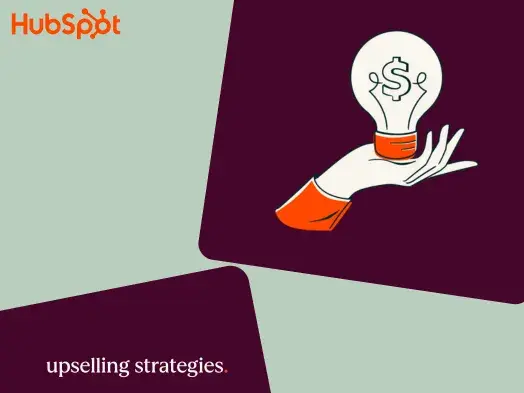
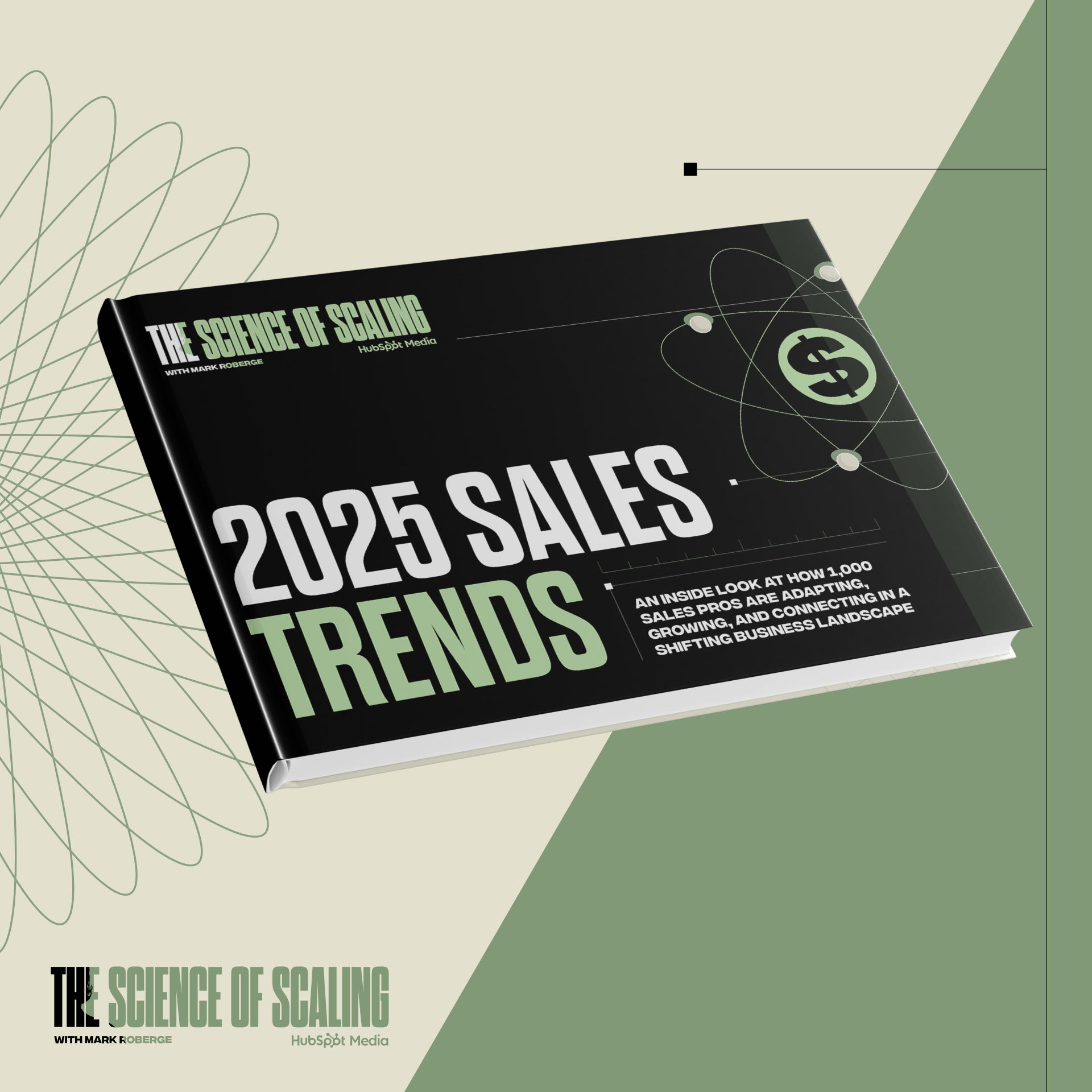
.png)

![7 key sales challenges to prepare for in 2026 [+ how you can overcome them]](https://53.fs1.hubspotusercontent-na1.net/hubfs/53/sales-challenges-1-20251023-788058.webp)
![How B2C sales could shift in a recession [new data]](https://53.fs1.hubspotusercontent-na1.net/hubfs/53/Recession%20sales%20strategies%20(1).png)
![22 Best Sales Strategies, Plans, & Initiatives for Success [Templates]](https://53.fs1.hubspotusercontent-na1.net/hubfs/53/Best-Sales-Strategies-1.png)
![What Is Sales? A Quick Guide [+ Examples]](https://53.fs1.hubspotusercontent-na1.net/hubfs/53/what-is-sales-1-20250411-8755735.webp)
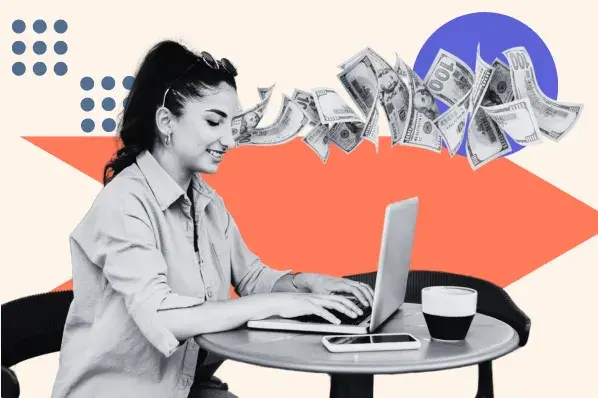
![What Is Cross-Selling? Intro, Steps, and Pro Tips [+Data]](https://53.fs1.hubspotusercontent-na1.net/hubfs/53/ft-cross-selling.webp)
